BUSINESS MAVERICK 168
Gorongosa Restoration Project: Changing lives, one organic bean at a time
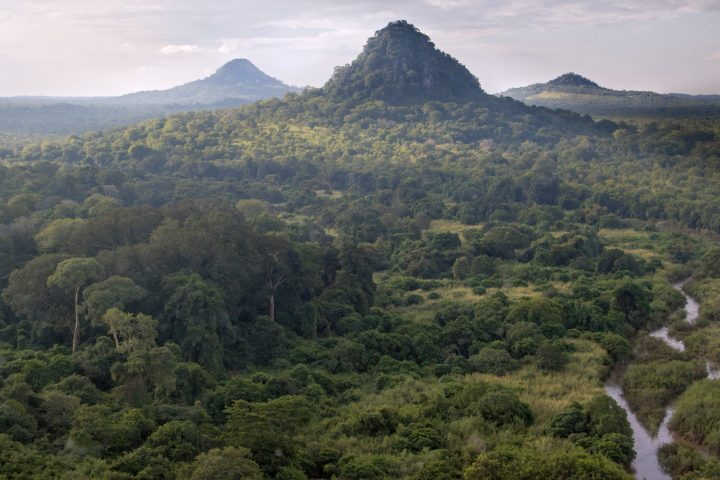
More than 2,000 girls educated, 250,000 large mammals thriving, 1 million rainforest trees planted. That’s the 2035 target set by Our Gorongosa, the key commercial pillar of the Gorongosa Restoration Project, established in central Mozambique’s Gorongosa National Park in 2019.
First published in DM168
Underpinning this initiative is coffee production, which, along with cashews, tourism and honey, is supporting sustainable development in the park, recognised as one of the most biodiverse places on Earth.
Tall, elegant and engaging, Gorongosa Natural Products’ (GNP’s) Maria Cabral exits her boardroom aircon meeting to chat.
We have a loose appointment, but a meeting nevertheless. We – me and guide-cum-driver Tonga Torcida – have just driven in from the GNP coffee plantations on Mt Gorongosa about 90 minutes away, to her office in the Mozambican town of Gorongosa, destination Gorongosa National Park, another hour down the road.
Cabral is in charge of quality control for the coffee and cashew value chains of Our Gorongosa, a local premium production (coffee included) initiative, started by the park to assist in funding the Gorongosa Restoration Project – the non-profit that runs the park’s human-development and restoration initiatives. Together they present a narrative that is imbued with layers of biodiversity, deforestation, endemic birds, girls’ education and rural poverty.
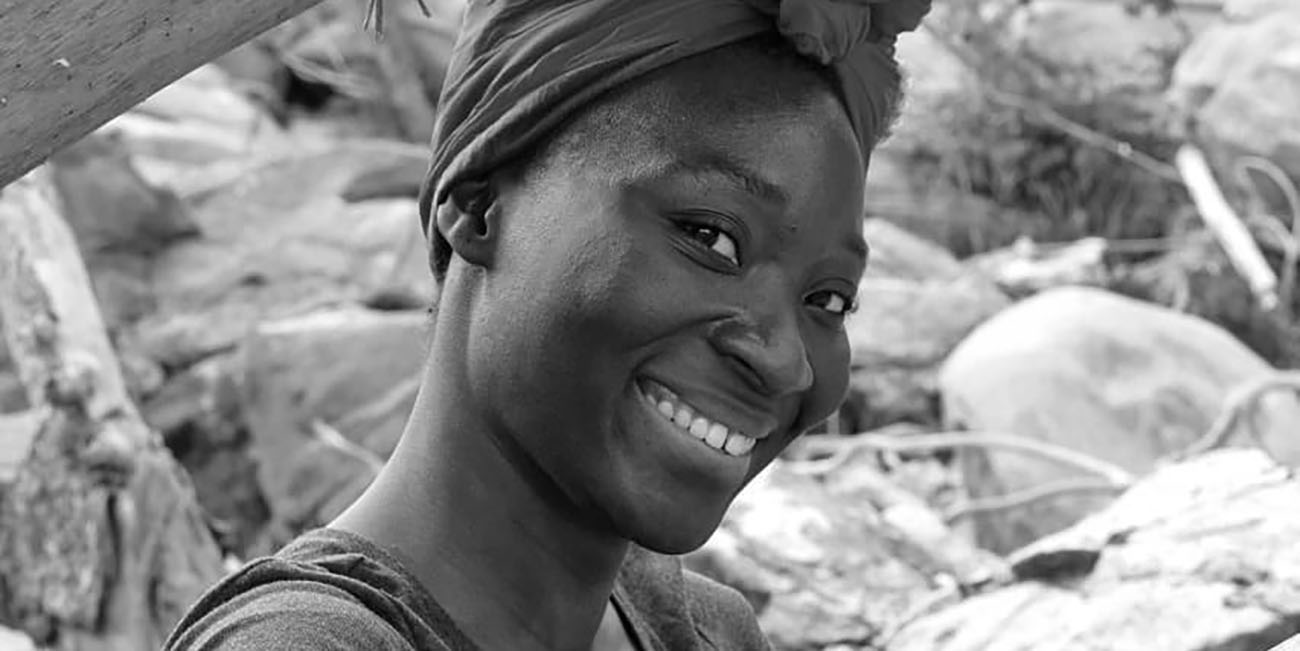
Maria Cabral, CEO of Gorongosa Natural Products. (Photo: Supplied)
More familiar with male government officials wearing ties and suits (even in debilitating African heat), I’d been expecting this sustainable coffee and cashew executive to be at least a little officious in her manner. She is anything but.
With a warm smile and sandalled feet, Cabral (“call me Maria”) ushers me out of the air-conditioned, single-storey building across a dirt road thick with 38 degrees Celsius of humidity, into the coffee-processing warehouse across the road.
It’s mid-afternoon, and workers leaning against the large barnhouse doors of the warehouse have that Friday style to their postures and conversation. Maria invites me to taste the coffee.
This coffee is one of the reasons I have made the journey here, via Maputo, Beira and the Gorongosa National Park. Having come across the beginnings of the Restoration Project when producing a television documentary in 2007, I have tracked the project’s progress.
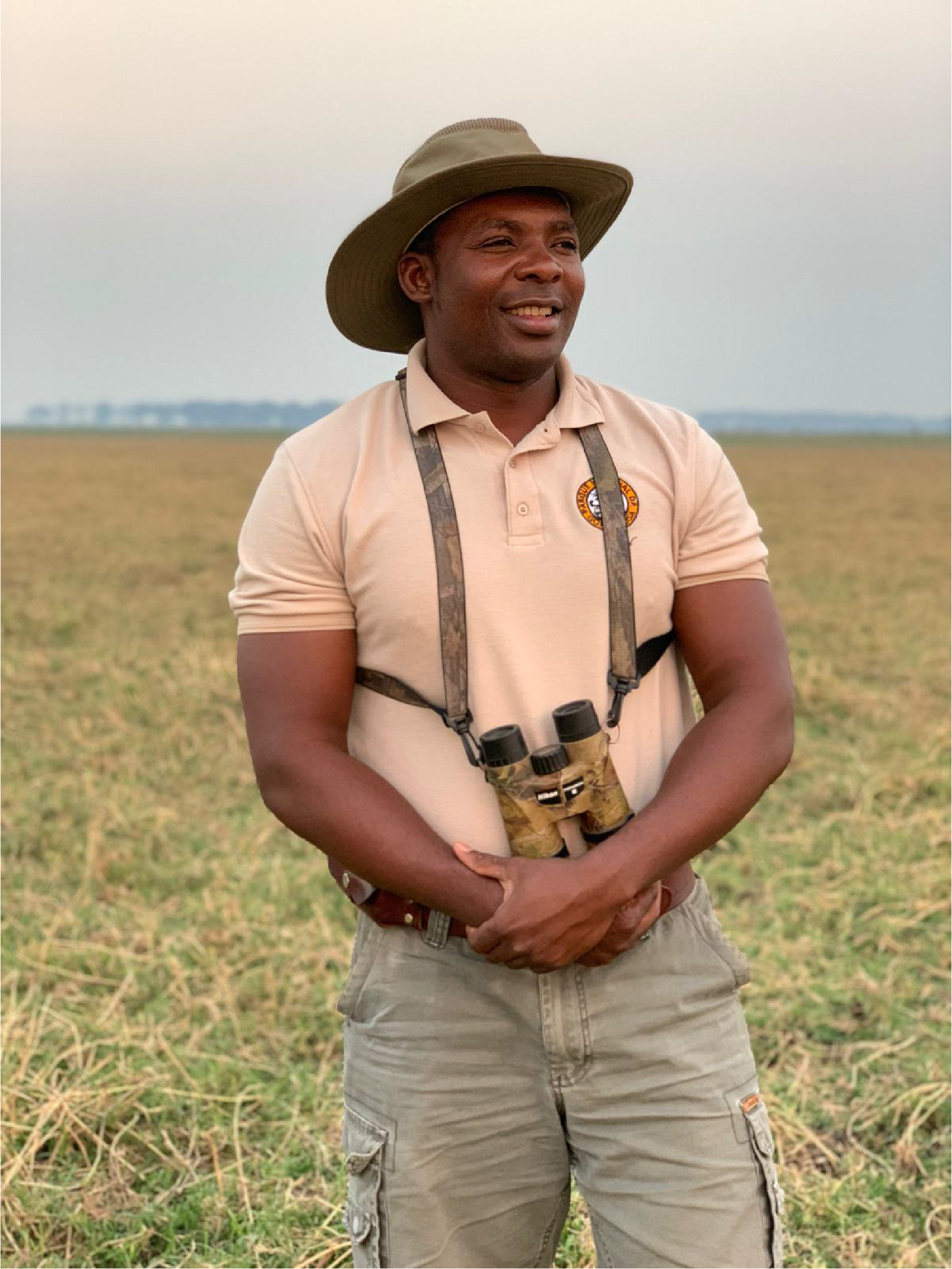
The Gorongosa guide and activities head.
Our Gorongosa is today one highly focused prong of the multipronged fork that is the Restoration Project, a government-philanthropist effort aimed at tackling poverty and unemployment while growing biodiversity and conserving natural resources that are often under threat. It’s an insane cocktail, with ingredients to match.
In 2015, as the Our Gorongosa website explains, “The Gorongosa Project partnered with green bean coffee experts and local farmers to plant coffee and native rainforest trees on Mt Gorongosa. Today, more than 600 farmers are planting 200,000 coffee trees per year and 100,000 rainforest trees alongside them.”
Albeit about two hours from the national park proper, given its dedication to local people development and biodiversity, on seeing the encroaching destruction of the Mt Gorongosa rainforest the park management recognised that the poor surrounding subsistence farmers growing and earning income from coffee, while planting indigenous trees, provided a solution to its twin challenge of “people and parks”.
The three Gorongosa coffee brands are Elephants Never Forget, Girls Run The World and Speak for the Trees, all named with purpose and aligned with the Our Gorongosa mission (100% of the profits from their premium coffee, honey and cashew products go to the Gorongosa Project).
In mid-November I noticed that the brightly packaged bags of their coffees, from light to dark roast, had landed on the London shelves of premium UK retailer Waitrose. The backstory of bean to bag is long and complex, and inextricably linked to conservation.
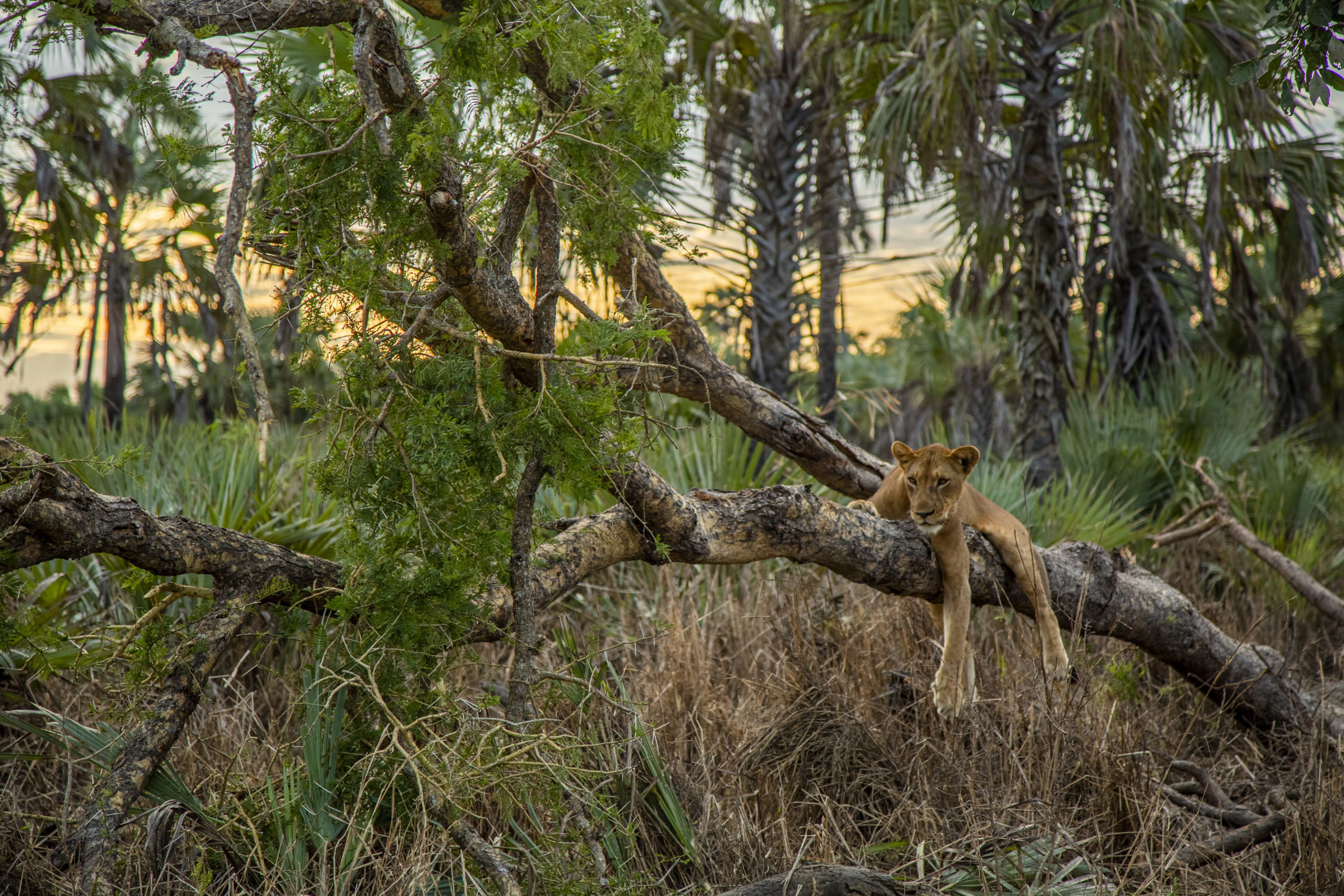
Gorongosa lions. (Photo: Brett-Kuxhausen)
Smoke ‘n’ Fire
It’s burning season in Mozambique, when rural farmers burn the vegetation around their villages to plant crops before the rains. I’d seen trails of smoke emanating from the upper slopes of Mt Gorongosa earlier.
Maria says it’s all about education. “As well as providing financial inclusivity and stability, for any of our goals and projects as such to be successful.”
Well-worn words. Ever since the early 1990s, when Conservation Corporation (today it’s named &Beyond) started the Phinda Resource Reserve and the Madikwe Game Reserve was created as a socio-economic project in South Africa, those words have become the well-trodden paths of niche conservation thinking in sub-Saharan Africa.
Niche. Hardly mainstream. Unless we see Africa’s rural communities as “niche”, not the mainstream reality they are, expecting them to really buy into the practice of conservation – such as the role of rhino, wetlands and pangolin in the biodiverse miracle of nature – will be nigh impossible. Community buy-in needs to be the rule rather than the exception.
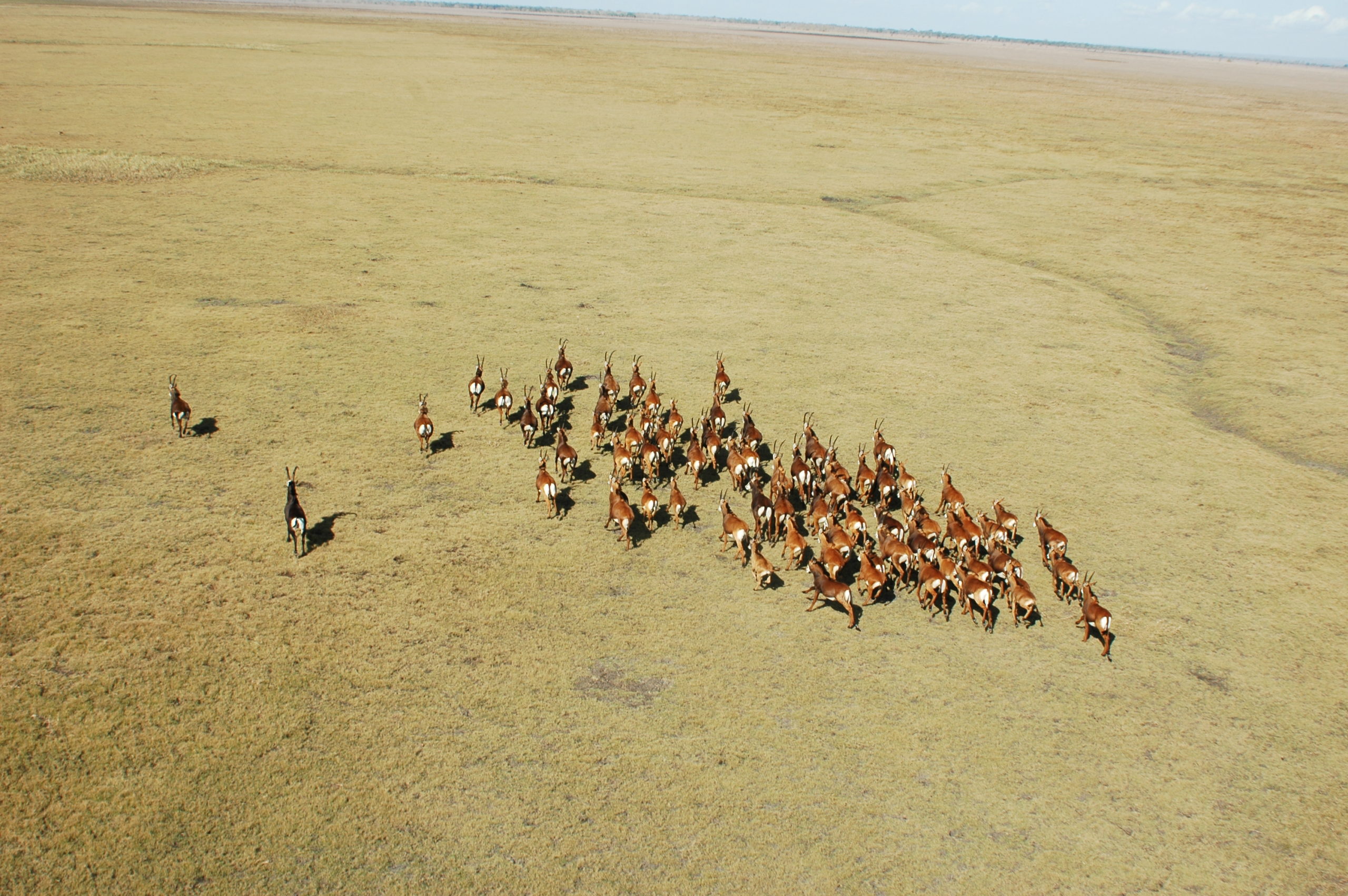
We saw large herds of sable and covered varying landscapes – from floodplain to riverine gorges and wetlands on our first flight over Gorongosa. (Photo: Angus Begg)
I told Maria about the smouldering fire I saw adjacent to the Our Gorongosa coffee farm headquarters, as we were leaving for our appointment. She sighs.
“Y’know, one day we were up there training, then a fire started next to the coffee plantations. Everyone stopped to go and put out the fire. It made me emotional that day. You know big changes are happening.”
I put it to her that maybe that’s because she’s the boss.
“No. The ones who put the fire out, they don’t even know I’m the boss. My immediate team knows, but no one else. Everyone was there, carrying anything they could find, buckets whatever. Everyone pitched in, men and women, because that’s where they live, they understand the dangers.”
Maria says those who have bought into the idea of growing coffee, which they then sell to the park, “have realised they are much better off growing coffee than potatoes”.
“They make a lot more money, and the rainforest benefits.”
On returning from the air-conditioned relief of the restroom, I hear Maria chatting to the two trainee guides who had accompanied me and Tonga to Mt Gorongosa; catching up, checking how they’re doing.
She speaks about combating the centuries-old rural practice of cutting down the forest to create farmland for potatoes or maize (much like the Amazon being felled for cattle grazing, although that being on a more industrial scale), which adds to the challenge of deforestation around the biodiversity hotspot of Mt Gorongosa itself. She says that to a large degree it is about dealing with personalities.
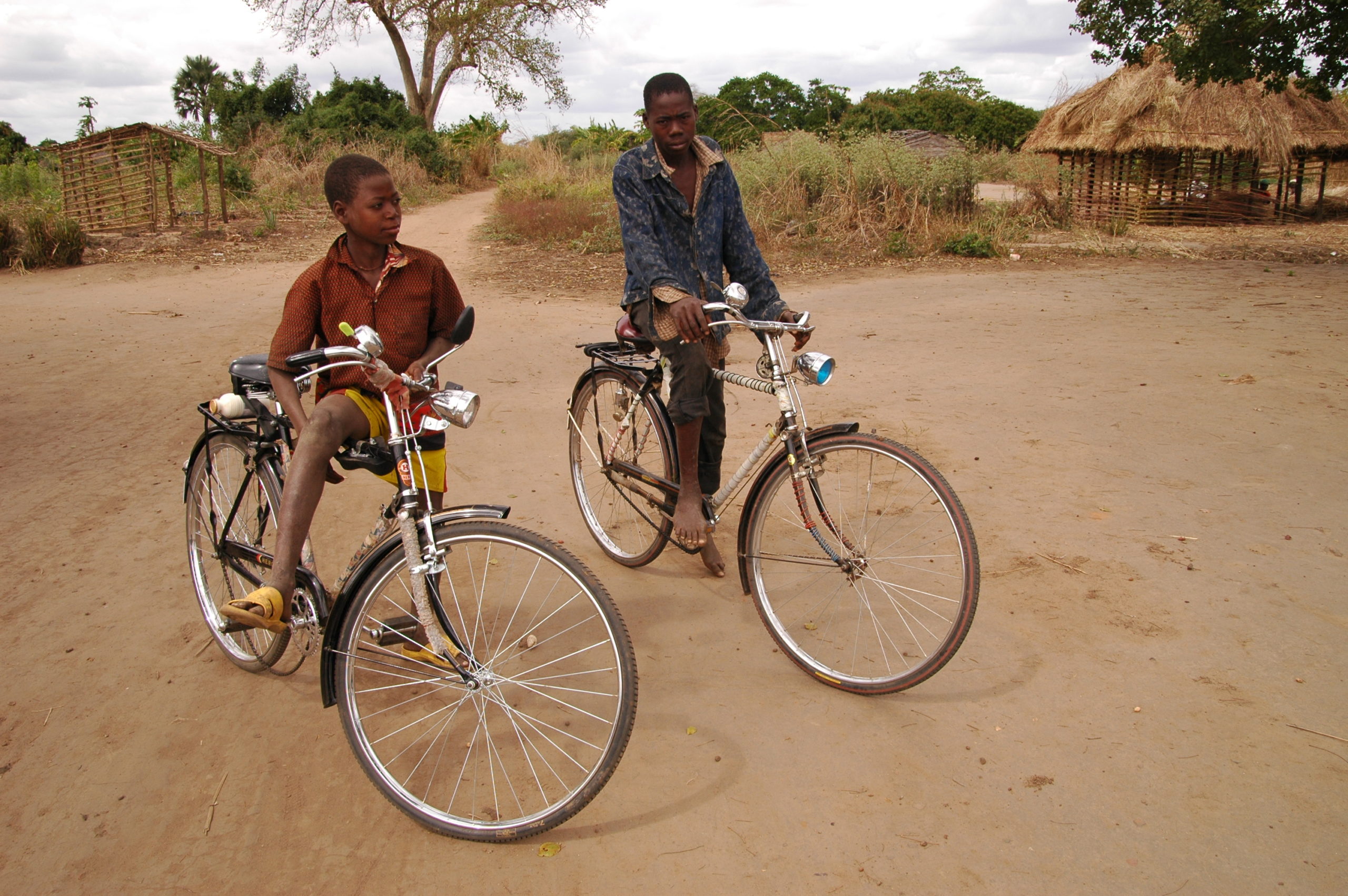
Bicycles were unheard of in the villages around Gorongosa before the restoration project began (Photograph Angus Begg)
“And a huge mentality change. We have to do this in the short run, for us to be able to get the certifications.”
Maria says they have applied for various international certifications, to be recognised as organic coffee, acknowledging that they are under pressure.
“Rainforest Alliance, for example. It is about forest protection. How do you show immediately that forests are not being harmed here?”
The good thing, says Maria, is that these organisations already understand the African context. “Especially in places like this. We have to work hard for them to understand how different it is.”
Mozambique is indeed so “different” that its citizens were “famously”, according to a World Trade Organisation (WTO) 2001 document, reputed to be living on $2 a day.
Beyond the global economic crisis before 2020, the country has had more than its fair regional share of challenges; almost annual cyclones, the Covid-19 pandemic, lack of investor confidence and distant isolated pockets of instability among them.
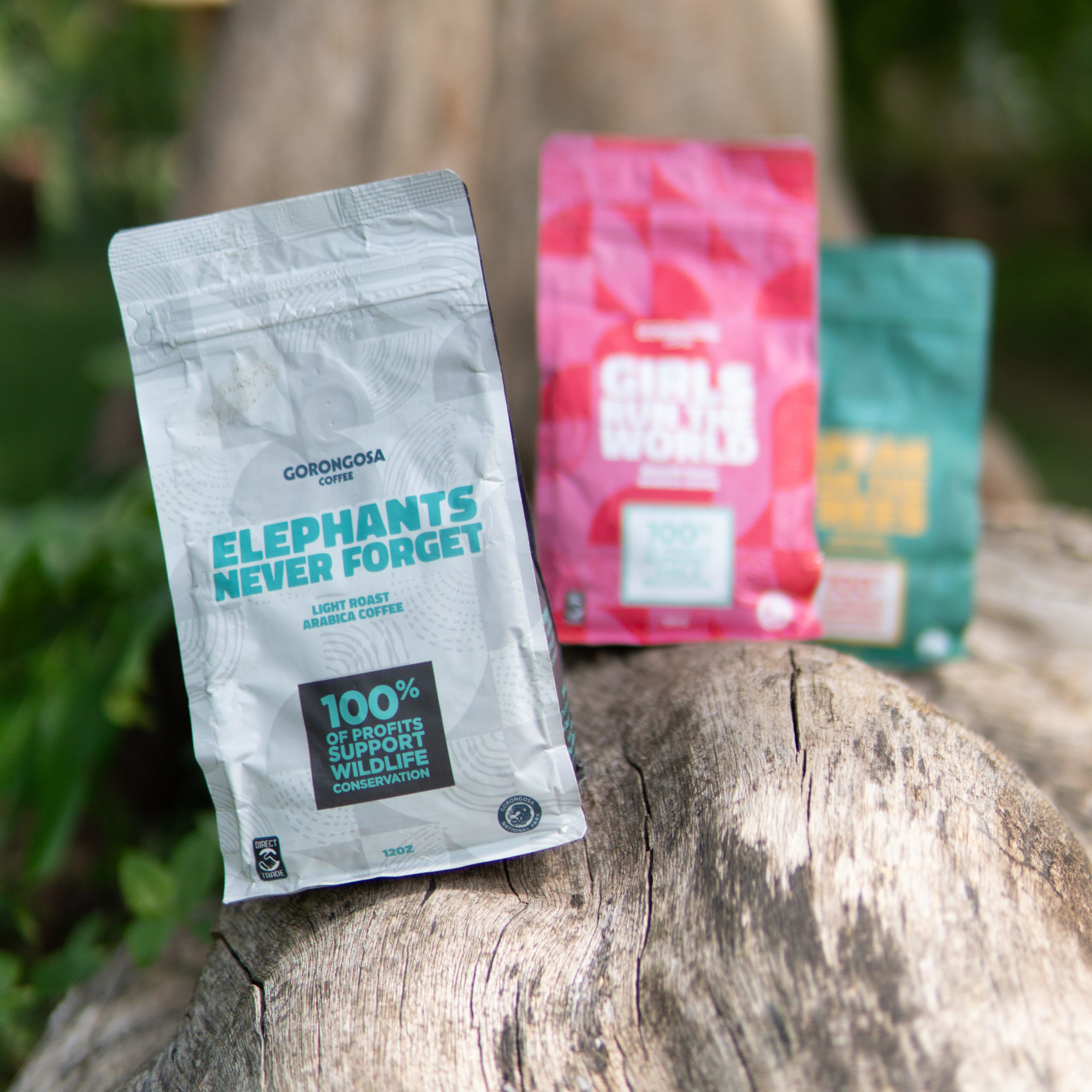
Gorongosa coffee brand packets of beans (Photo: Morgan Weber)
For these reasons, says Gorongosa’s sustainability programme manager Matthew Jordan, it is critical to stimulate investment in Mozambique’s tourism sector, “particularly in areas like Gorongosa National Park, which are poised to support not only job creation and economic growth, but fundamental human development, conservation and peace and stability in the region”.
An engineer by profession with extensive development experience, including a stint with the Peace Corps in Mozambique, Jordan says that in practical terms “Mozambique has been losing out on the potential to create jobs and generate real revenue for the country”. He says statistics reveal the country attracts six times fewer intercontinental travellers than the rest of Africa, and far fewer leisure travellers than its neighbours.
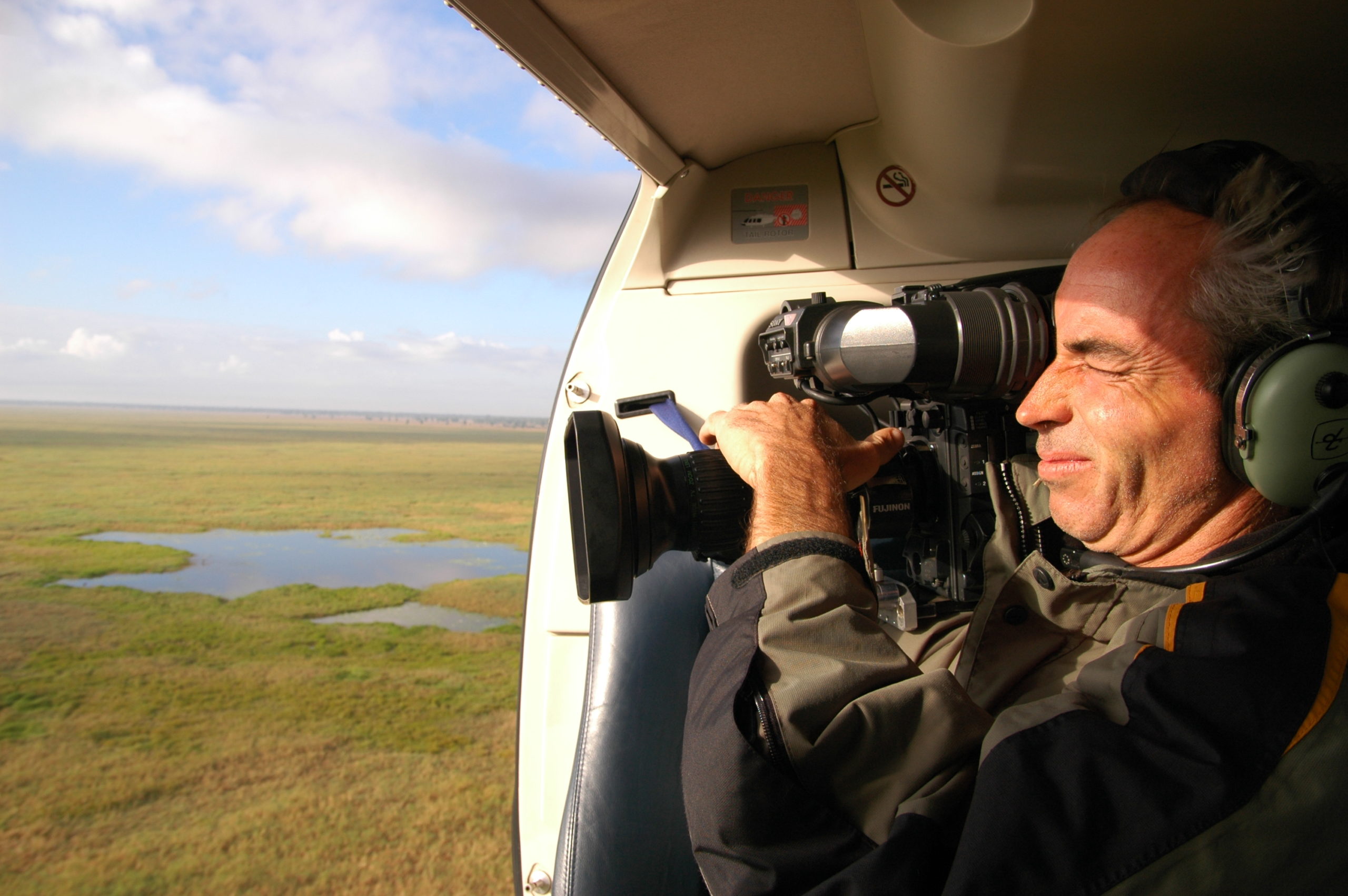
The author’s 2007 TV shoot on which he came across the Gorongosa story. (Photo: Angus Begg)
In Gorongosa, a “new approach is gaining traction and showing how Mozambique has the potential to stand out as a global destination”.
Jordan says the Gorongosa Project’s Ecotourism Programme aims to address the challenges facing the park, and using “the unbelievable biodiversity and beauty of the landscape” can create a unique opportunity for “creating a globally renowned tourism product”.
I don’t tell him that wearing my other hat as a private guide, I have envisaged an itinerary including Gorongosa, Maputo and one of the islands as the next big niche attraction on the African tourist landscape.
Jordan speaks of exposing guests to “transformational experiences in nature”.
He says the key activities of this ecotourism programme, reminiscent of a mini Marshall Plan for the reconstruction of Europe after World War 2, are the “skills building and training for local staff… to fill permanent and dignified positions of employment”, while developing tourism infrastructure and promoting Gorongosa and Mozambique as tourism destinations. Wherever I travel in and around the park, I see national park vehicles, people training, delivering, helping.
The driving force behind the Gorongosa National Park, philanthropist Greg Carr, has meanwhile signed an agreement with the mayor of Gorongosa to create a “Model Village”.
“The people who live there will tell us [what it is]: they say: safe, clean streets, nice markets, schools, health clinics and opportunities for work in ‘green’ industries, a public library, playgrounds and more. As the largest employer, it is Gorongosa Park’s responsibility to help the village achieve its vision.”
This is the town where Maria works, where the coffee-processing factory is.
“I joined for the social impact,” she says, saying she “fell in love” with the Gorongosa Project’s mission.
“Creating livelihoods, financial inclusion through food and agriculture, that’s what I do,” her words trailing off on the rich aroma of freshly ground coffee in the air. DM168
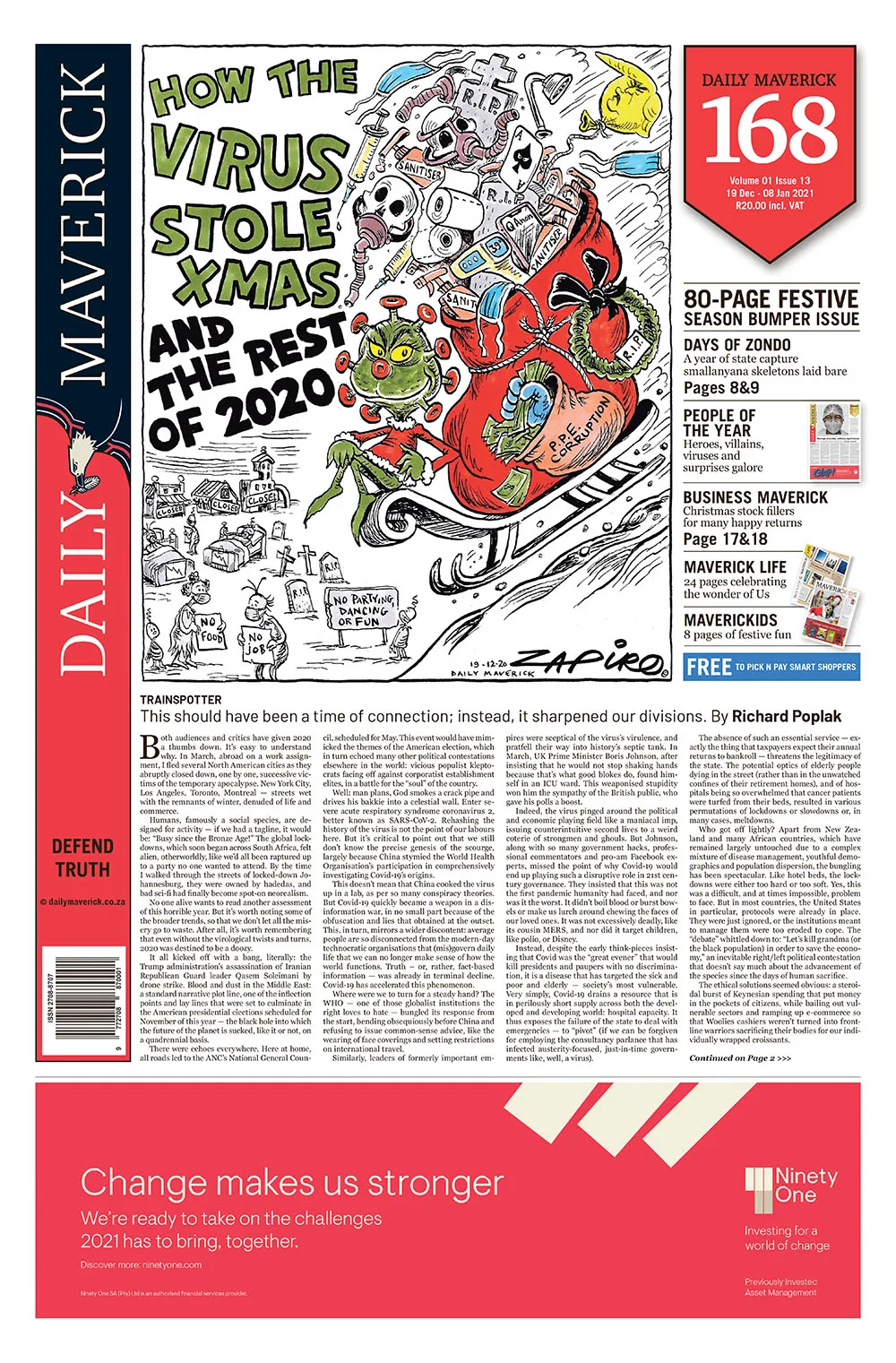
















 Become an Insider
Become an Insider
Comments - Please login in order to comment.